Table of Contents:[hide]
Introduction:
Choosing the right roof style for your shed is important for both looks and practicality.
In this guide we will look at 6 shed roof styles that suit plastic and metal sheds. Whether you're looking at our Kick-it series or Fit-it series plastic sheds, understanding the different shed roof types will help you make a decision.
Let's get started and find the right roof for your shed.
1. Gable Roof

A gable roof is one of the most popular shed roof styles, it features two sloping sides that meet at a central ridge, forming a triangle.
This classic design is simple and versatile and is a popular choice for many types of buildings, including plastic sheds and metal sheds.
Features
The main feature of a gable roof is its triangle shape, created by two equal length sloping sides that meet at a central ridge. This design gives a steep pitch, allows for good water runoff and minimizes the risk of water damage.
The steep angles also give you extra headroom in the shed.
Benefits
Gable roofs have many benefits, one of the biggest being good drainage. The steep pitch means water and snow will slide off the roof easily, no accumulation and no leaks.
The triangle shape also gives you extra storage space, so you can store items vertically or even add a small attic area.
Uses
Gable roofs are great for snowy areas where heavy snowfall is common. The steep pitch means snow will slide off rather than accumulate and reduce the risk of structural damage.
Also the classic, traditional look of gable roofs makes them a great choice if you want to add a bit of nostalgia to your outdoor space.
Whether you're looking at a plastic shed or a metal shed, a gable roof is good for both function and style.
2. Gambrel Roof

A gambrel roof, also known as a barn roof, has two slopes on each side of the roof, with the lower slope being steeper and the upper slope being more gradual.
This design makes the most of the roof space, making it a popular choice of shed roof style for buildings that need extra storage or headroom.
Features
The main feature of a gambrel roof is its double slope. The lower slope is usually much steeper than the upper slope which extends to a flat or low angle peak. This design not only looks good but also gives more interior volume than other roof styles.
The dual slope design allows for plenty of natural light and ventilation which is good for many applications.
Benefits
One of the biggest benefits of a gambrel roof is the extra headroom and storage space. The steep lower slope creates a high ceiling, great for buildings where extra vertical space is needed, like barns or large sheds.
This extra space can be used for storage lofts, living areas or even workspaces. Gambrel design also requires less materials than a gable roof, so potentially cheaper to build.
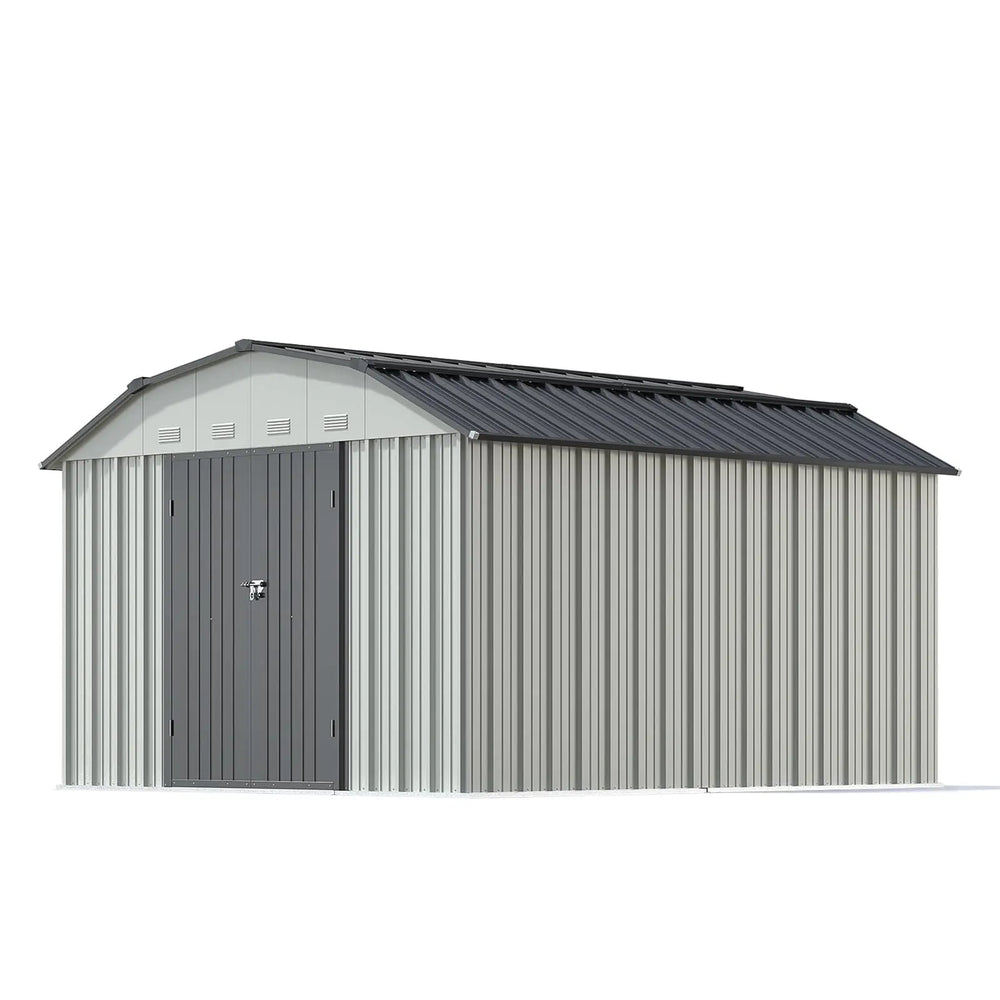
- Ideal for storing larger outdoor equipment or creating a workshop.
- Built with galvanized steel, it is resistant to rust, rot, and harsh weather conditions.
- Offers plenty of space for shelves, hooks, and other organizational solutions.
- The robust metal construction ensures long-lasting protection for your belongings.
Uses
Gambrel roofs are most associated with barns, that's why they're also called barn roofs. The design is great for storing farm equipment, hay and other materials and easy access and good ventilation.
Besides barns, gambrel roofs are also good for hobby sheds, storage sheds and even residential applications where a classic, rustic look is wanted. They're versatile and practical so they're a popular choice for many building projects.
3. Saltbox Roof

A saltbox roof is a traditional design with an asymmetrical, long pitched roof with one side shorter than the other. This style originated in colonial New England and is defined by its unique silhouette, like the sloped top of a salt storage box, hence the name “saltbox”.
Features
The main feature of a saltbox roof is its asymmetry. One side of the roof is usually steeper, the other side is shorter and less pitched. This creates a long profile that's both beautiful and functional.
The design often results to a gable end with one side extending further down than the other.
Benefits
One of the biggest benefits of a saltbox roof is its ability to shed water and snow. The steep slope of the longer side allows for good drainage, reducing the risk of water or snow accumulation that can cause structural damage.
Also the asymmetry provides more living space under the roof, especially on the longer side, so it's a practical choice if you want to add more interior space without increasing the footprint of the building.
Modern Uses
In modern architecture the saltbox roof has been revived in modern shed designs and residential homes that want a mix of tradition and innovation. Its water shedding properties makes it suitable for areas with heavy rainfall or snow.
Plus its unique shape adds an architectural interest to modern homes, beauty and practicality in one.
4. Hip Roof

A hip roof, also known as a hipped roof, is a type of roof where all sides slope downwards to the walls, usually with a gentle slope.
This type of roof has no vertical ends, unlike gable roofs which have triangular ends. Hip roofs are usually found on rectangular or square structures and they give a clean look.
Features
The main feature of a hip roof is its four sided design, sloping on all sides. Each face of the roof is roughly the same length and converges to the top ridge of the roof. The slopes are usually gentle so it has a subtle and classy look.
Hip roofs can have sub-variants such as simple hip roofs, cross-hipped roofs, half-hipped or jerkinhead roofs each with its own architectural flair.
Benefits
One of the biggest benefits of a hip roof is its stability in high winds. The inward slope on all four sides distributes the load more evenly so it's more structurally sound and less prone to damage during typhoons.
This makes hip roofs ideal for areas that are prone to hurricanes and strong winds. Plus its balanced look adds to the beauty of the building so it's a popular choice in many residential and commercial projects.
Examples
Hip roofs are very versatile and can be seen in many shed designs, residential homes and even in big public buildings.
They are common in Mediterranean, Colonial and French-style architecture where stability and beauty is highly valued.
Because of its symmetrical look hip roofs can also be found in modern and contemporary home designs, practicality and architectural flair in one.
5. Shed Roof (Mono-pitched)

A shed roof, also known as mono-pitched roof, has a single sloping plane. This simple design means there's only one slope and no ridge.
It's commonly used in modern and minimalist architecture and in extensions of existing buildings.
Features: Simple, Modern Look
The shed roof is loved for its simplicity and modernity. The single slope creates a clean and angular shape that matches modern building designs.
This type of roof allows big windows and open floor plans so natural light can pour in and make the interior spaces feel bigger.
Suitable for: Modern Architecture, Minimalistic Designs
The types of shed roofs most suited to modern architecture and minimalistic designs is the mono-pitched, because of its streamlined shape and modern building methods.
It's often used in eco-friendly constructions as the single slope can accommodate solar panels. Plus the simplicity of the shed roof reduces construction cost and maintenance so it's a practical choice for modern homes and buildings.
6. Combination Roofs

Combination roofs, as the name suggests, combines two or more shed roof styles into one. This allows homeowners and architects to merge the best of multiple roof types and create a unique and beautiful structure.
By combining different roofing elements combination roofs can address specific architectural needs that a single roof style can't.
Benefits: Combining for Aesthetics and Practicality
One of the biggest benefits of combination roofs is that it can enhance both the looks and functionality of the building.
Aesthetically combining different roof styles adds visual interest and complexity to the structure so it stands out. Functionally each integrated roof type can provide unique benefits. For example a gable section can provide ample attic space while a hip section can improve wind resistance.
This versatility allows for customized solutions to address specific climate and structural requirements and create a balanced design.
Examples: Gable and Hip
A common example of combination roofs is gable and hip combination.
This combines the simplicity and attic space of gable roofs with the durability and wind resistance of hip roofs.
The gable sections can be installed at the ends of the house to provide good ventilation and natural light to the attic or upper floors while the hip sections ensures stability and performance in harsh weather.
This combination looks good and provides a strong and versatile roofing solution.
Illustrations
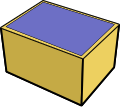 |
 |
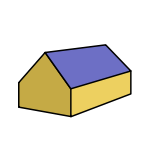 |
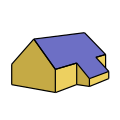 |
| Flat roof | Single-pitched (shed, skillion) roof | Gable roof | Gable roof with catslide |
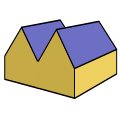 |
 |
 |
 |
| Ridged, multi-gable or m-type roof |
Gambrel roof | Clerestory roof | Saw-tooth roof |
 |
 |
 |
 |
| Hip roof | Half-hip roof | Tented or pavilion roof |
Gablet roof or Dutch gable example with recessed (upper) gable and eaves |
 |
 |
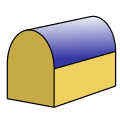 |
 |
| Rhombic roof/Rhenish helm | Arched roof | Barrel roof | Bow roof |
 |
 |
 |
 |
| Conical roof | Spire | Onion dome | Welsh spire |
 |
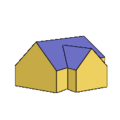 |
 |
 |
| Gable roof with eaves | Cross-gabled building with squatter projecting wing and T-shaped plan |
Hip and pent hip roof (Brit: hipped) |
Butterfly roof or trough roof (rare) |
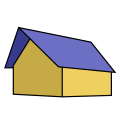 |
 |
 |
 |
| Prow or "flying" Gable roof | Monitor roof | Compluvium roof | Displuvium roof (rare) |
 |
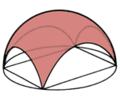 |
 |
 |
| Hemisperical dome (on a wall) | Sail vault | Compound dome | Cloister vault |
Conclusion
Choosing the right shed roof style is important for the functionality, durability and looks of your shed.
From the classic gable roof to the modern skillion design, each roof style has its own benefits to suit different needs and preferences. Whether you need storage space, weather resistance or easy construction, understanding the pros and cons of each is key to making a decision.
By considering climate, use and budget you can choose a roof design that matches your shed and your needs.
Ready to choose your shed roof now? Check out our range and pick the one for you today!
Additional Tips:
Roof Tips
Regular Inspection: Inspect bi-annually to check for damage such as leaks, cracks or wear and tear. Early detection can save you from costly repairs.
Clean Gutters: Make sure gutters are clear of debris to allow proper drainage and prevent water buildup that can damage your shed roof style.
Moss and Algae Removal: Use a soft brush or a moss-algae removing agent to keep your roof moss and algae free which can damage your roofing material.
Choosing the Right Roofing Materials
Climate: Match your roofing materials to your local climate. For example metal roofs are good for snowy areas as they can shed snow while asphalt shingles are good for moderate climate.
Durability: Choose materials with proven durability like metal or composite shingles to have a long lasting roof.
Looks: Choose materials that match your shed and surroundings. Whether you like the classic look of wood shakes or the modern look of a skillion roof, choose materials that enhance the design.
By following these tips you can have a functional, durable and looking good shed roof for years to come.
Make informed decisions by considering climate, material durability and looks so your shed roof serves its purpose and looks good for your property.
Diana Mason
Hi there! I’m Diana Mason, the chief editor of Patiowell brand. With over 15 years of diving deep into the world of outdoor furniture, I’ve developed a keen eye for what makes outdoor spaces truly special. I love sharing tips and inspiration to help you create your perfect backyard retreat. Our blog is a reflection of my passion and expertise, featuring only the best pieces that I personally vouch for. Thanks for stopping by—I can't wait to help you transform your outdoor living space!





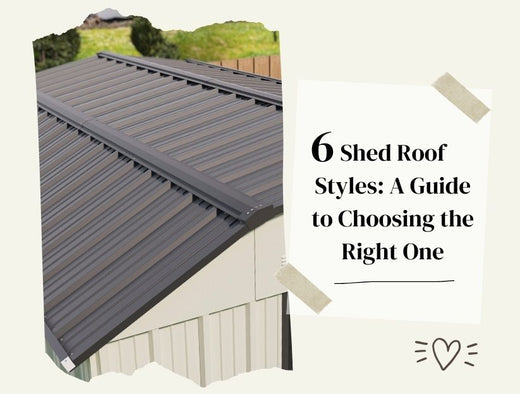
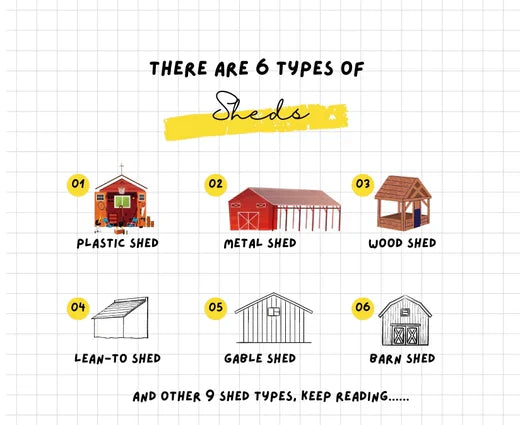
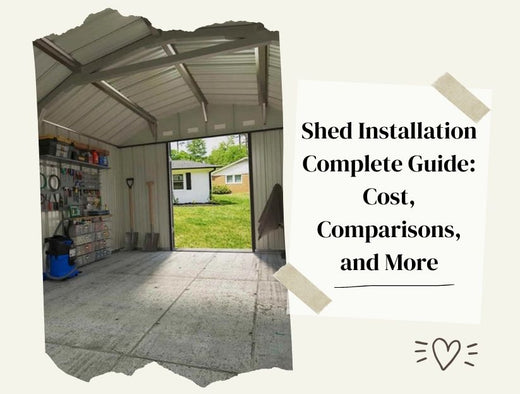
Leave a comment
All comments are moderated before being published.
This site is protected by hCaptcha and the hCaptcha Privacy Policy and Terms of Service apply.